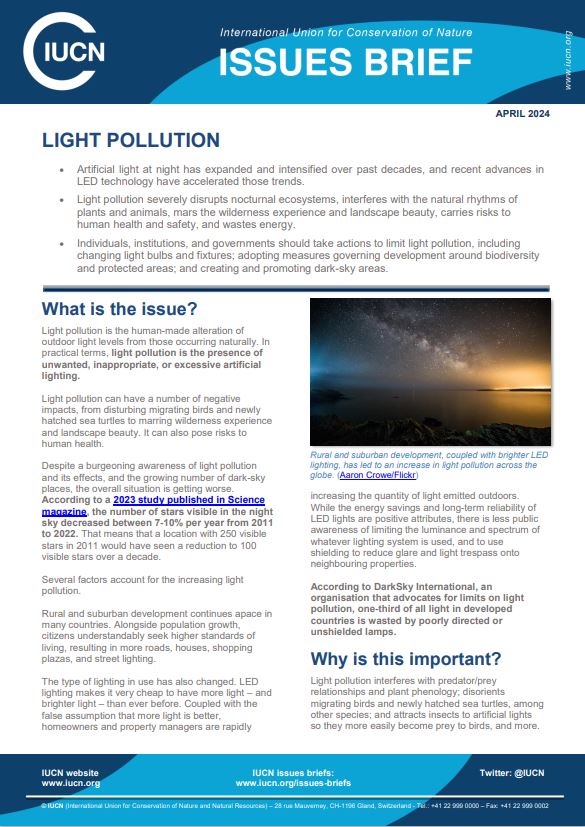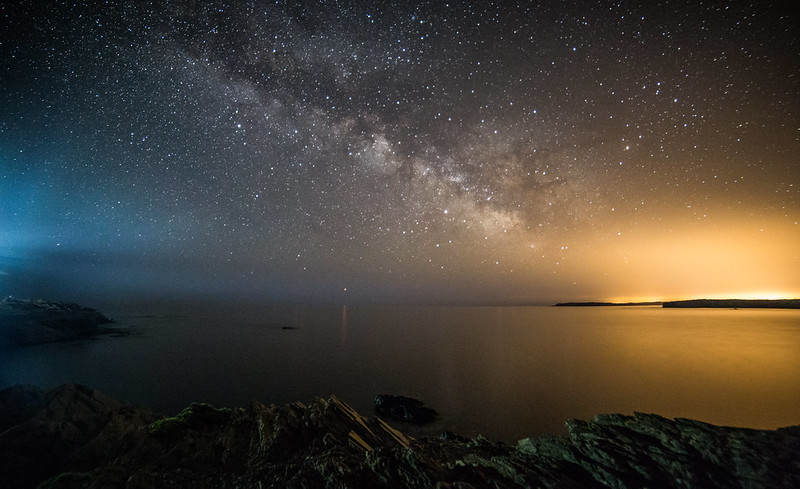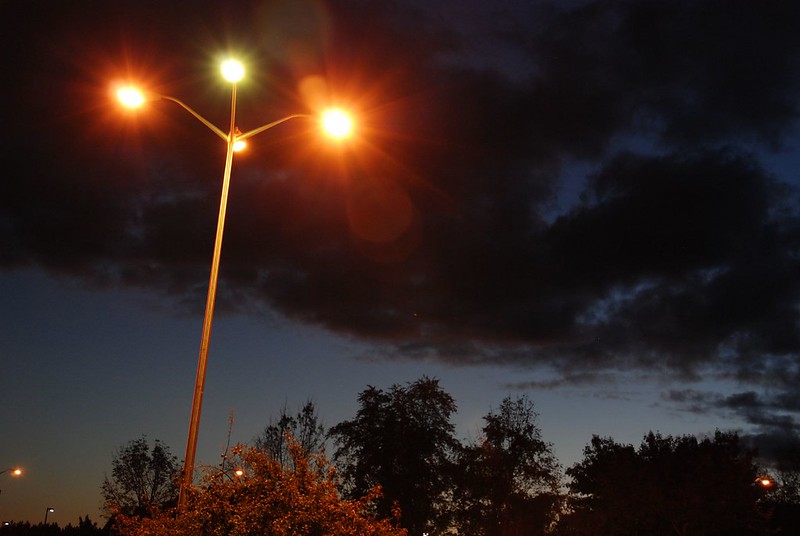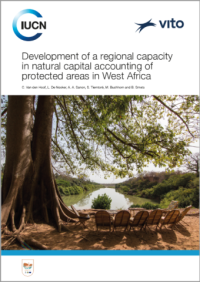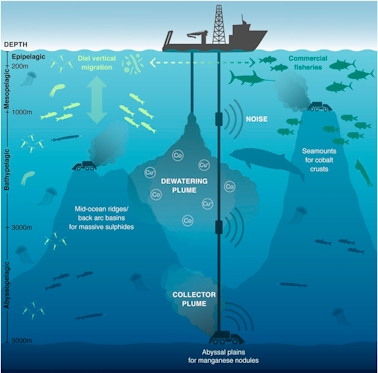What is the issue?
Light pollution is the human-made alteration of outdoor light levels from those occurring naturally. In practical terms, light pollution is the presence of unwanted, inappropriate, or excessive artificial lighting.
Light pollution can have a number of negative impacts, from disturbing migrating birds and newly hatched sea turtles to marring wilderness experience and landscape beauty. It can also pose risks to human health.
Despite a burgeoning awareness of light pollution and its effects, and the growing number of dark-sky places, the overall situation is getting worse. According to a 2023 study published in Science magazine, the number of stars visible in the night sky decreased between 7-10% per year from 2011 to 2022. That rate means that a location with 250 visible stars in 2011 would have seen a reduction over a decade to 100 visible stars.
Several factors account for the increasing light pollution.
Rural and suburban development continues apace in many countries. Alongside population growth, citizens understandably seek higher standards of living, resulting in more roads, houses, shopping plazas, and street lighting.
According to DarkSky International, an organisation that pushes to limit light pollution, one-third of all light in developed countries is wasted by poorly directed or unshielded lamps.
The type of lighting in use has also changed. LED lighting makes it very cheap to have more light – and brighter light – than ever before. Coupled with the false assumption that more light is better, homeowners and property managers are rapidly increasing the quantity of light emitted outdoors. While the energy savings and long-term reliability of LED lights are positive attributes, there is less public awareness of limiting the luminance and spectrum of whatever lighting system is used, and to use shielding to reduce glare and light trespass onto neighbouring properties.

